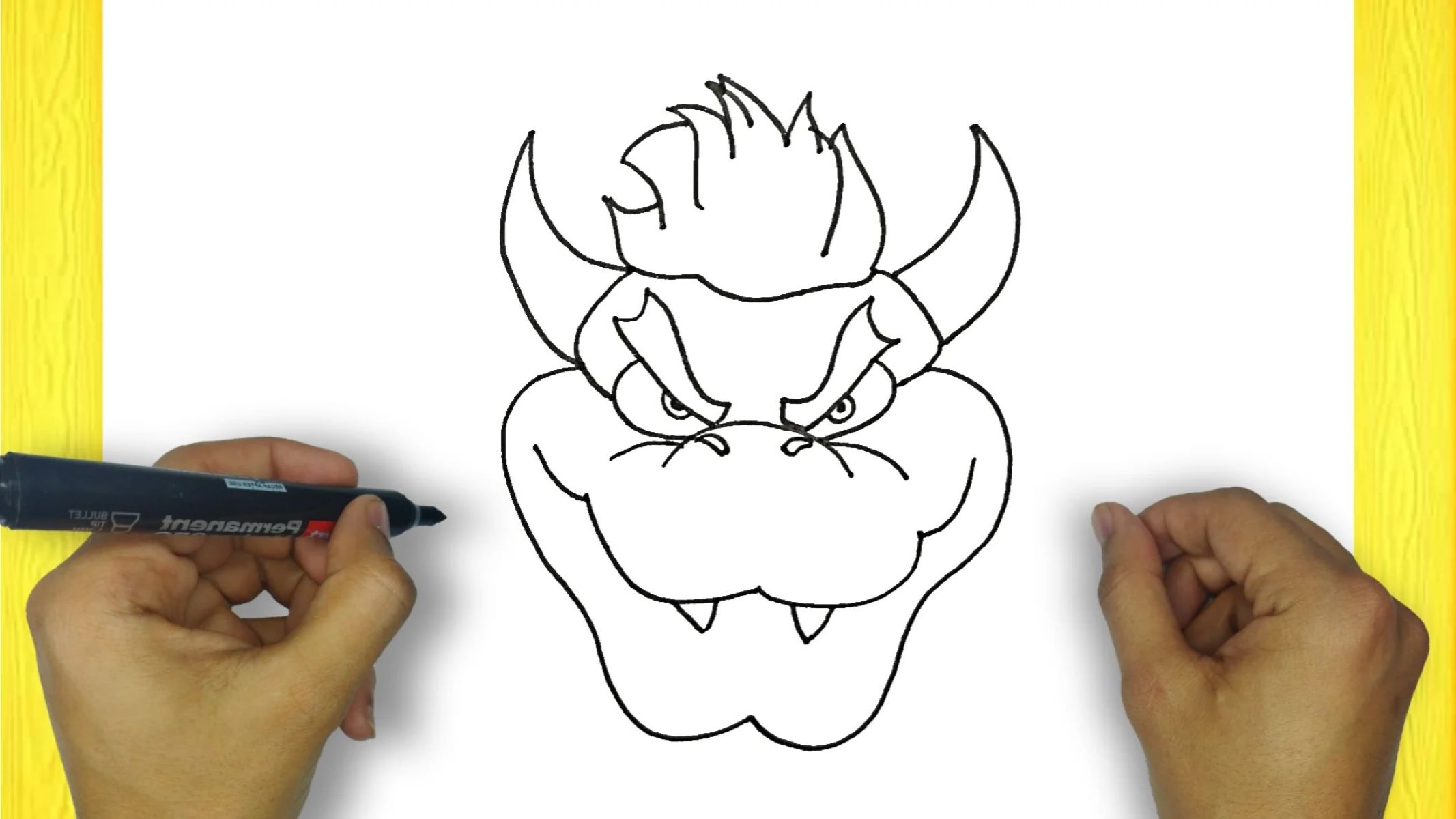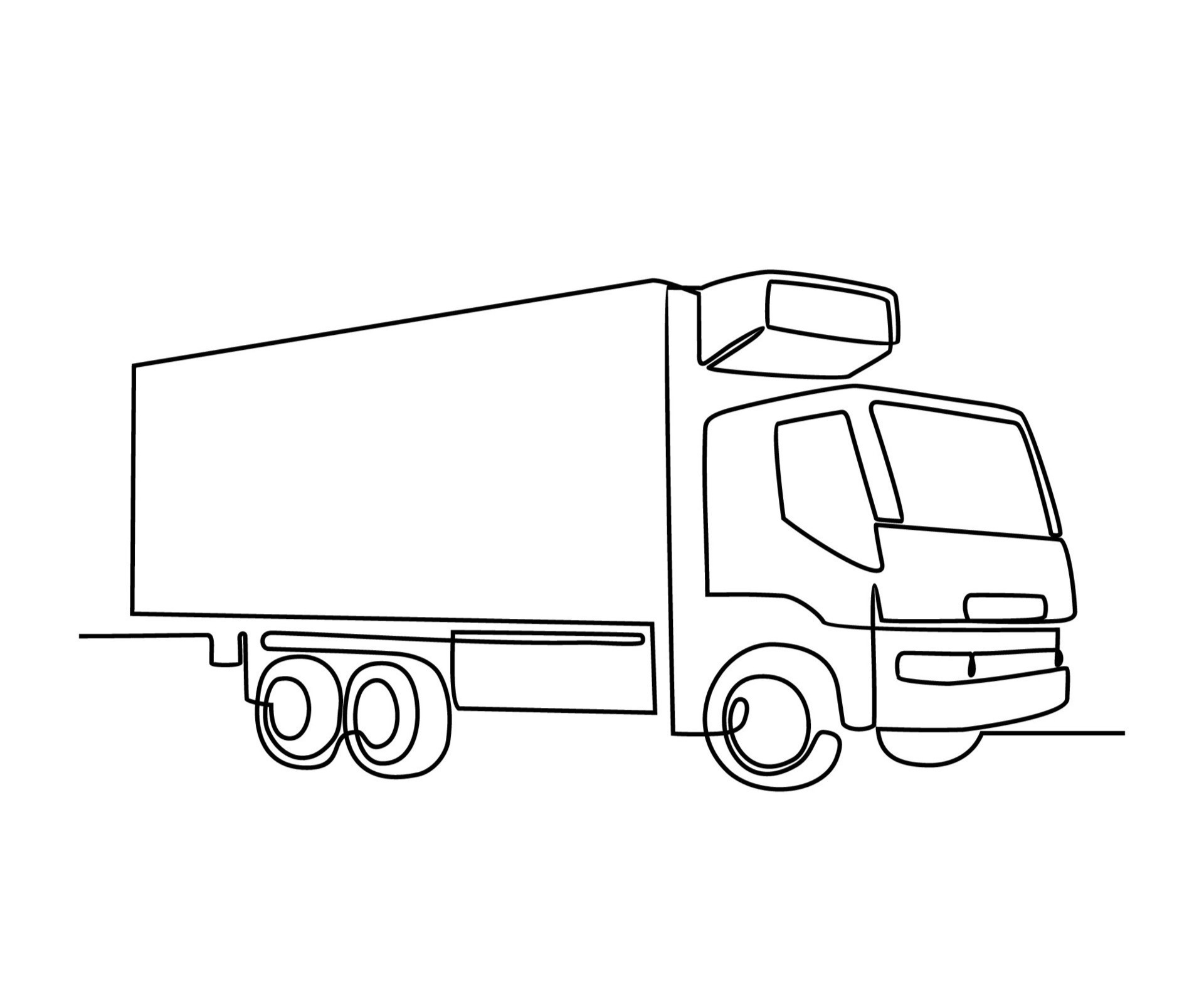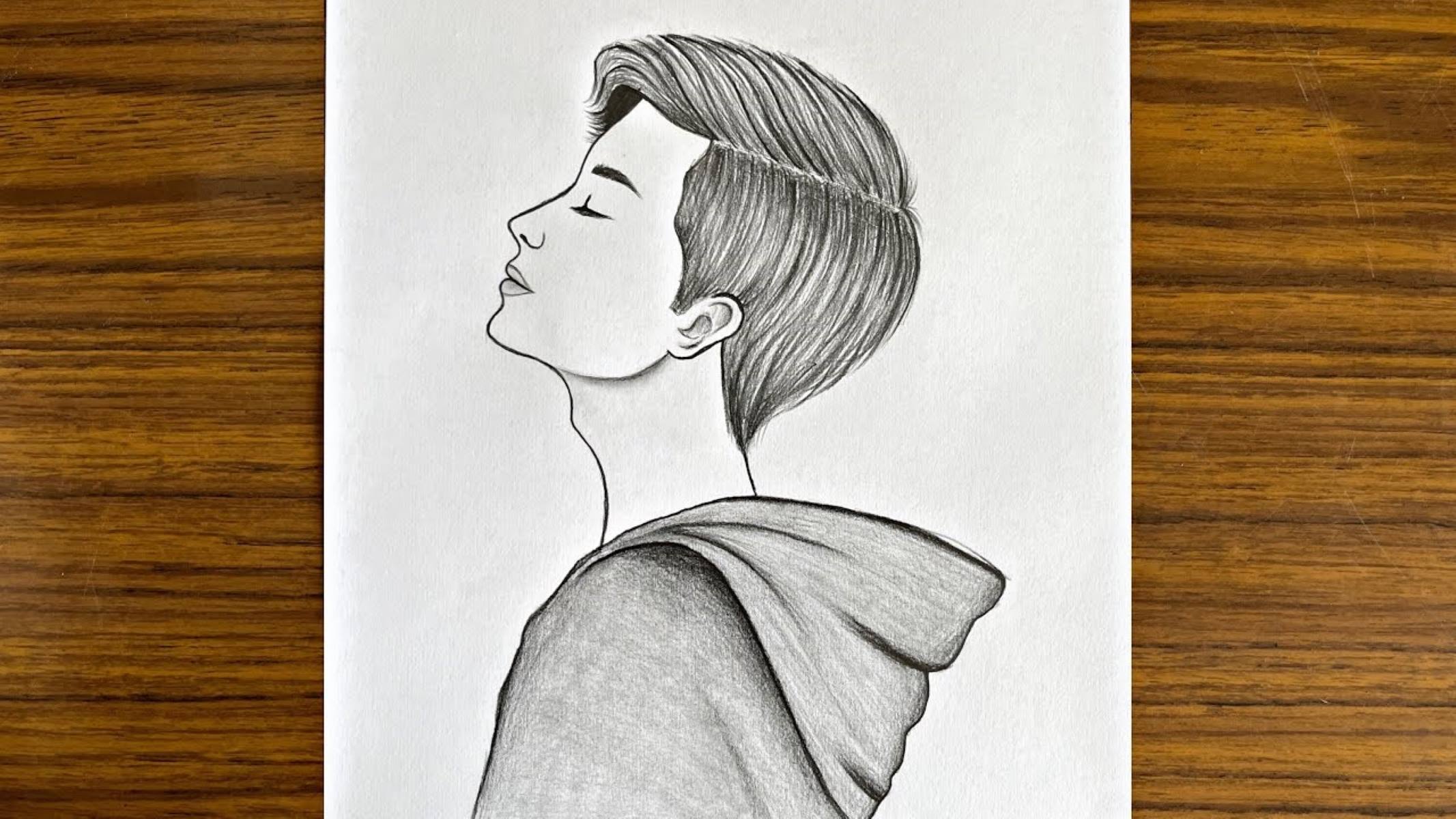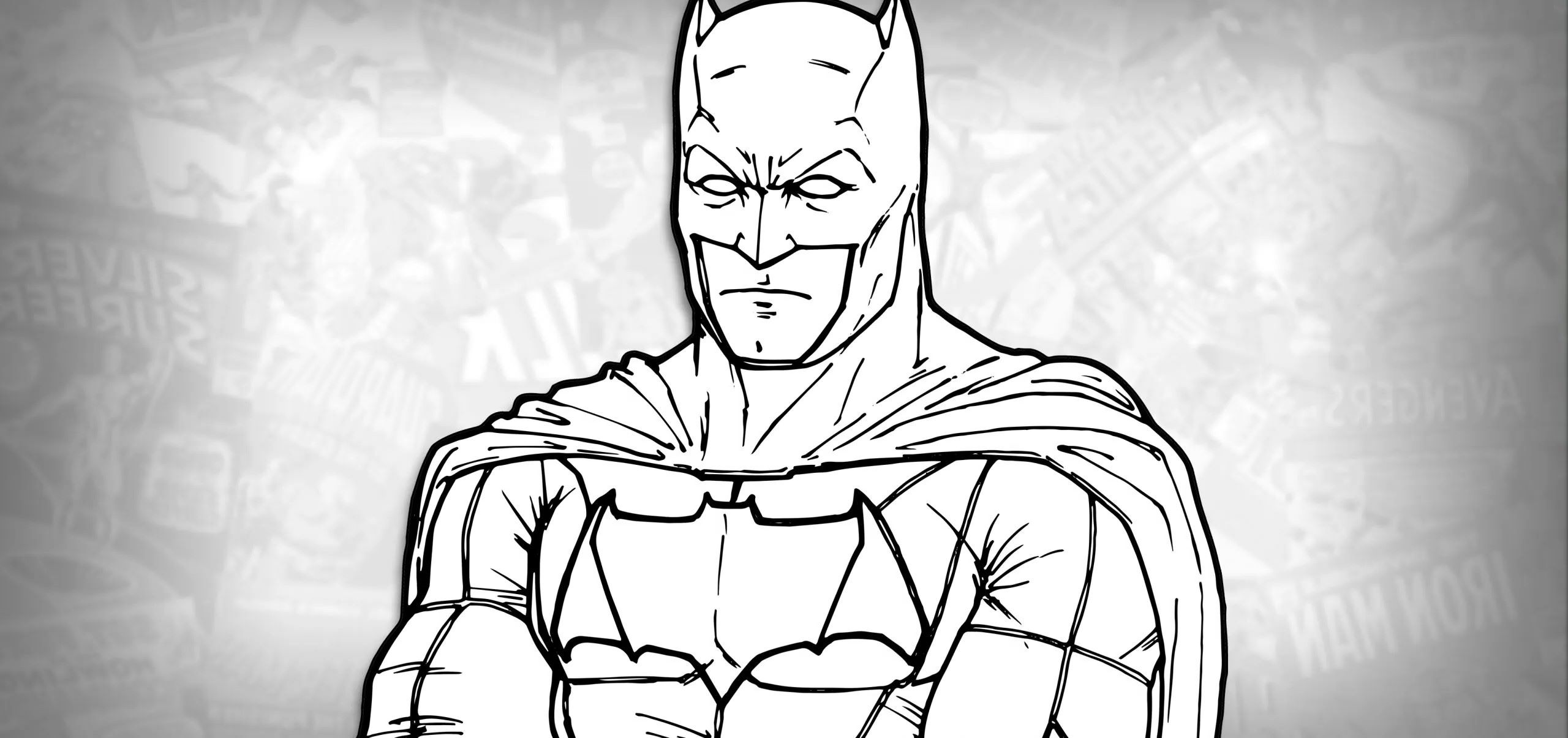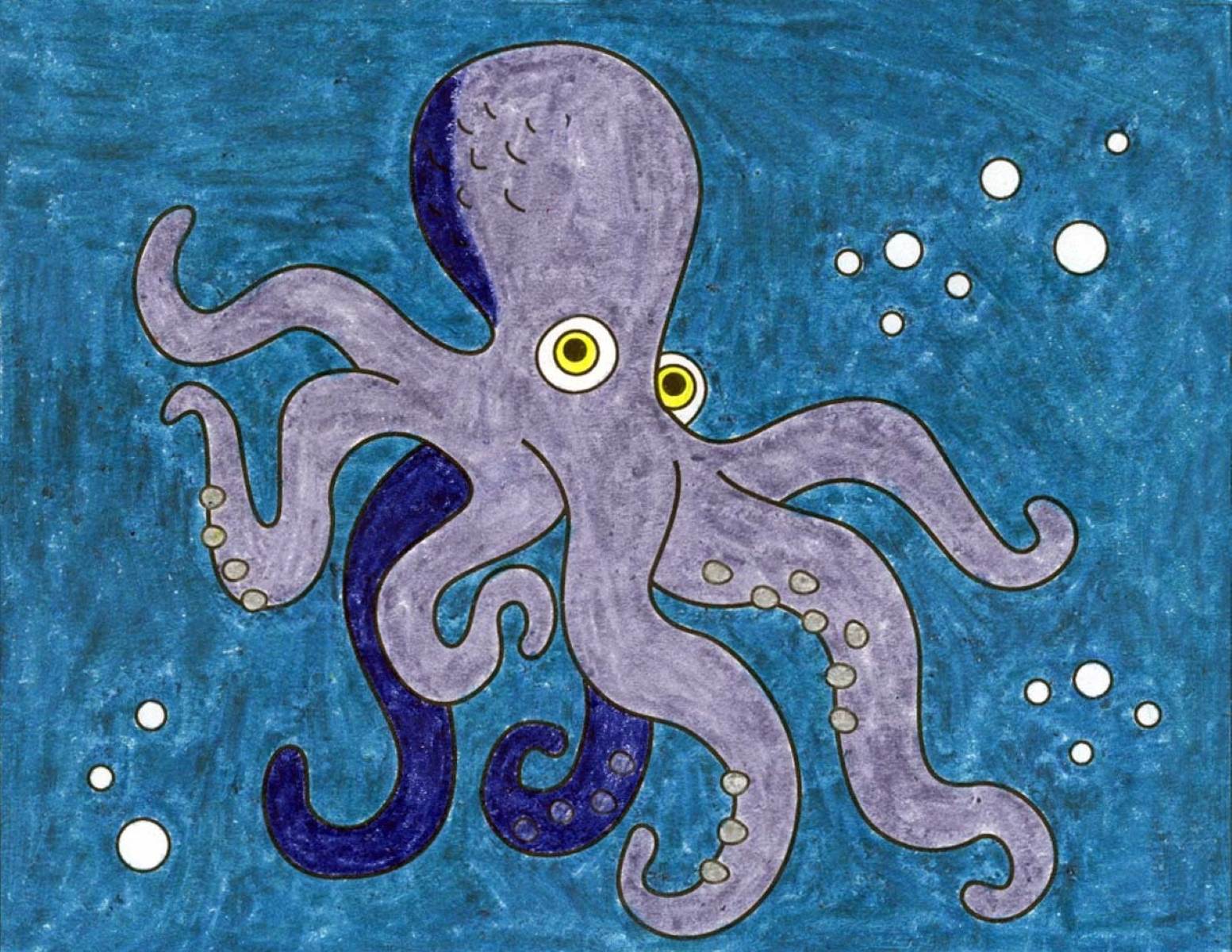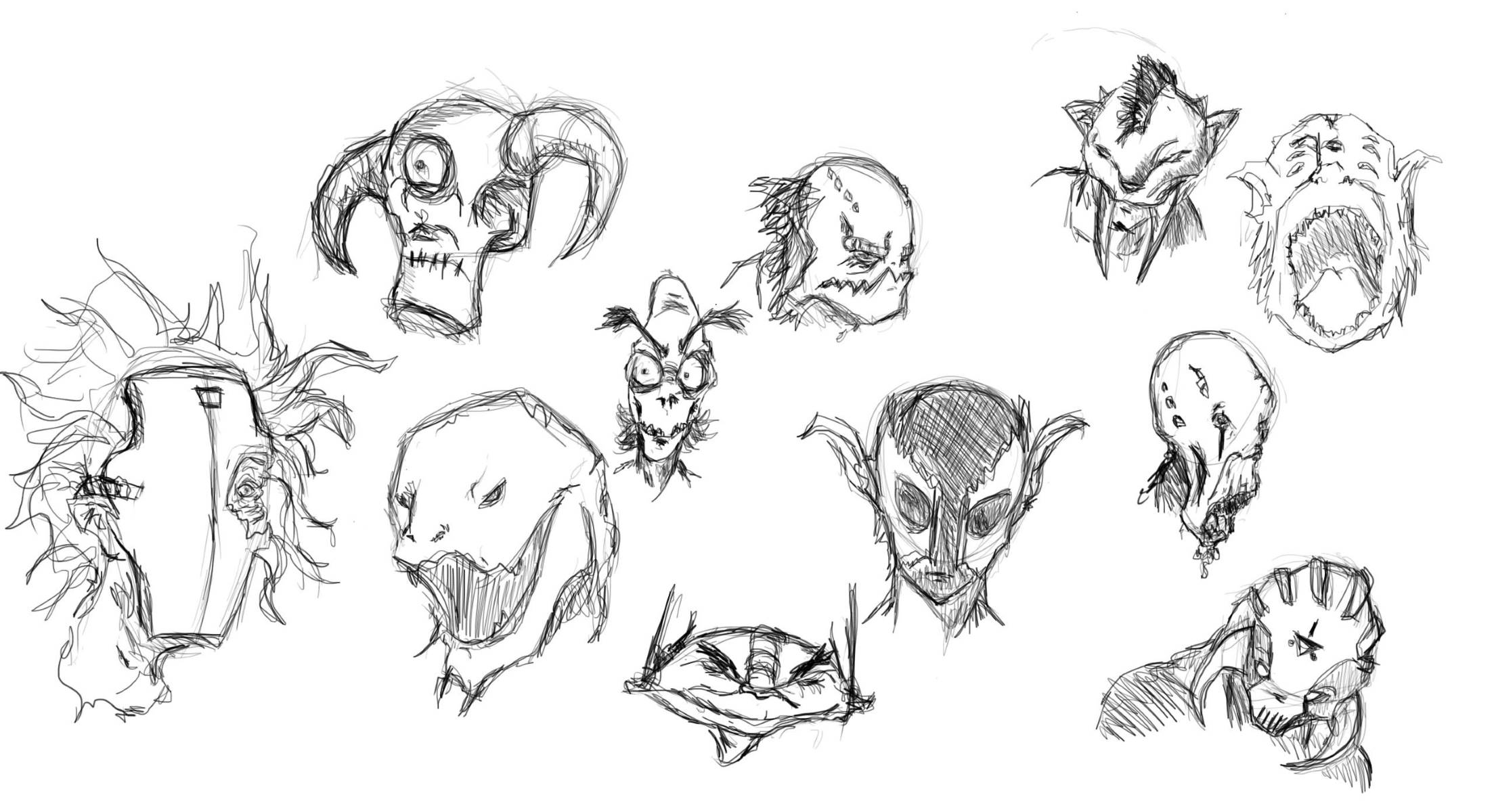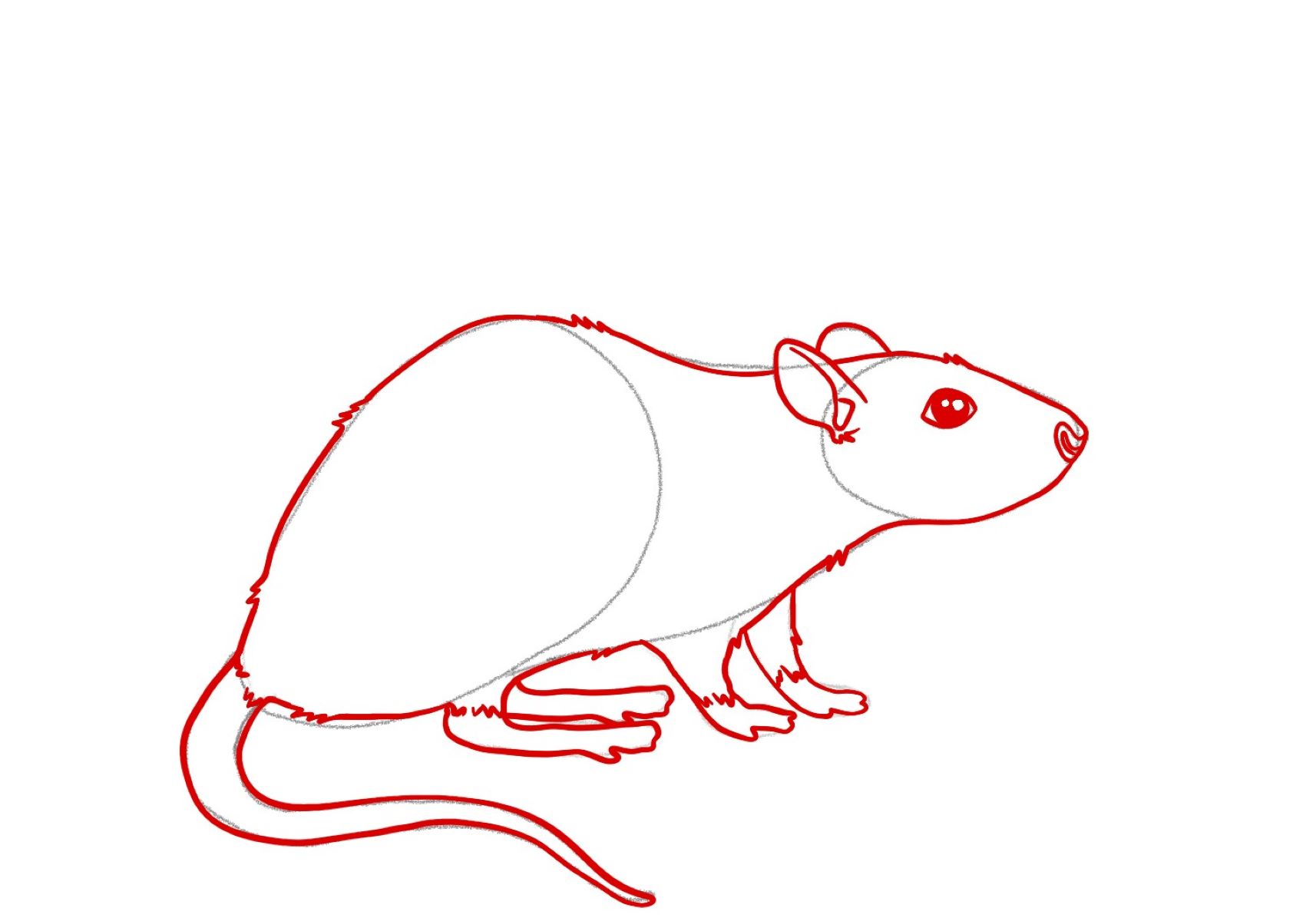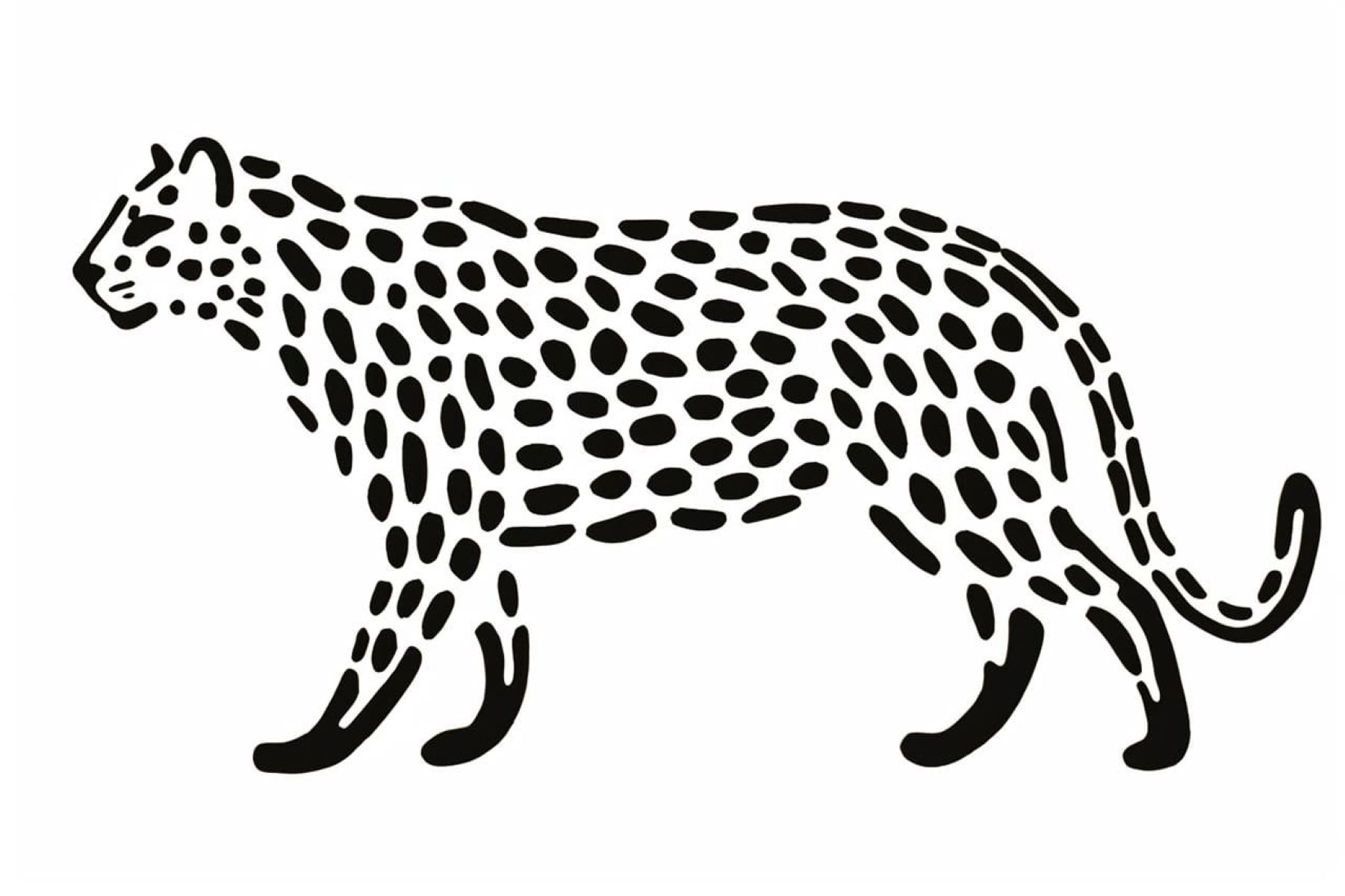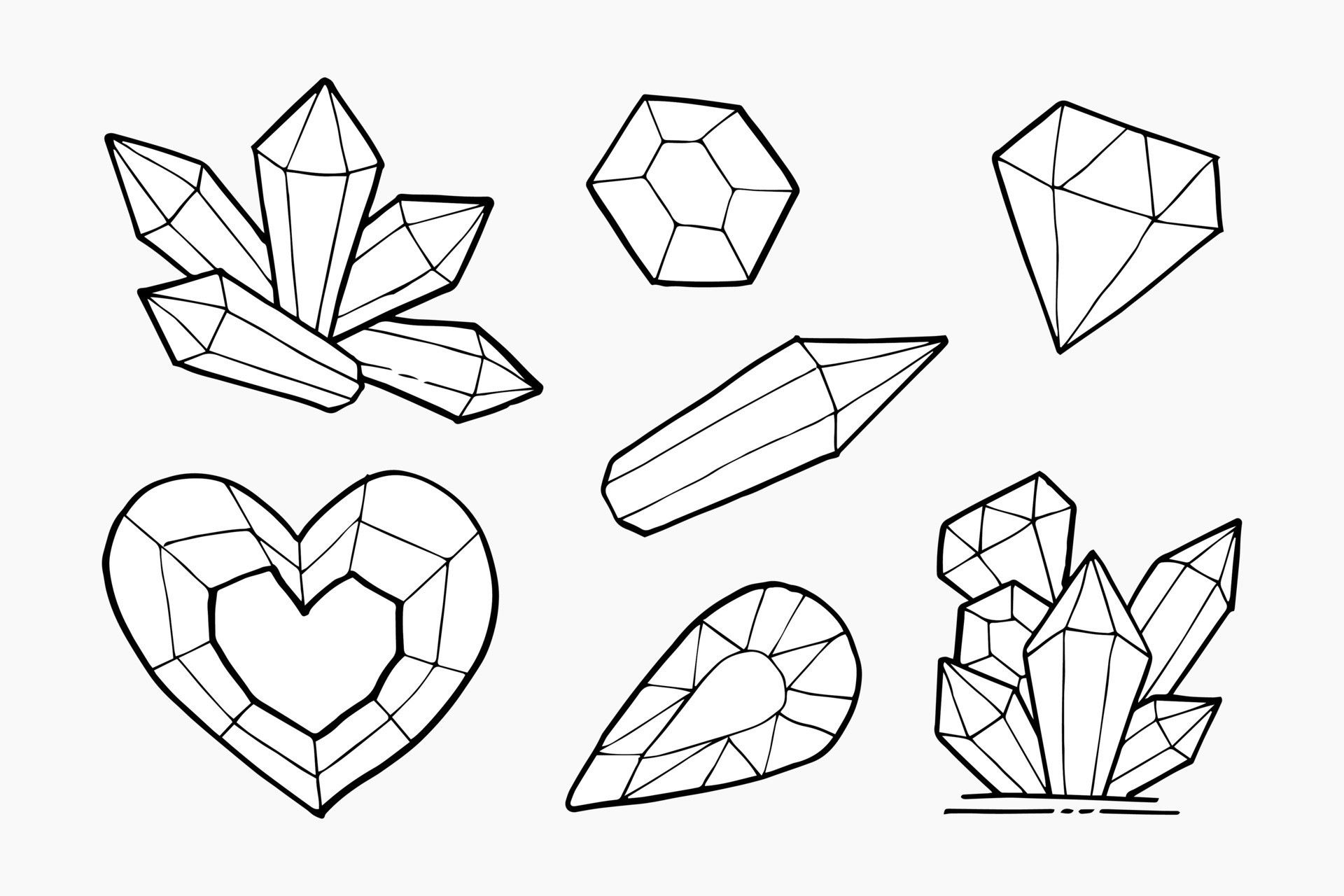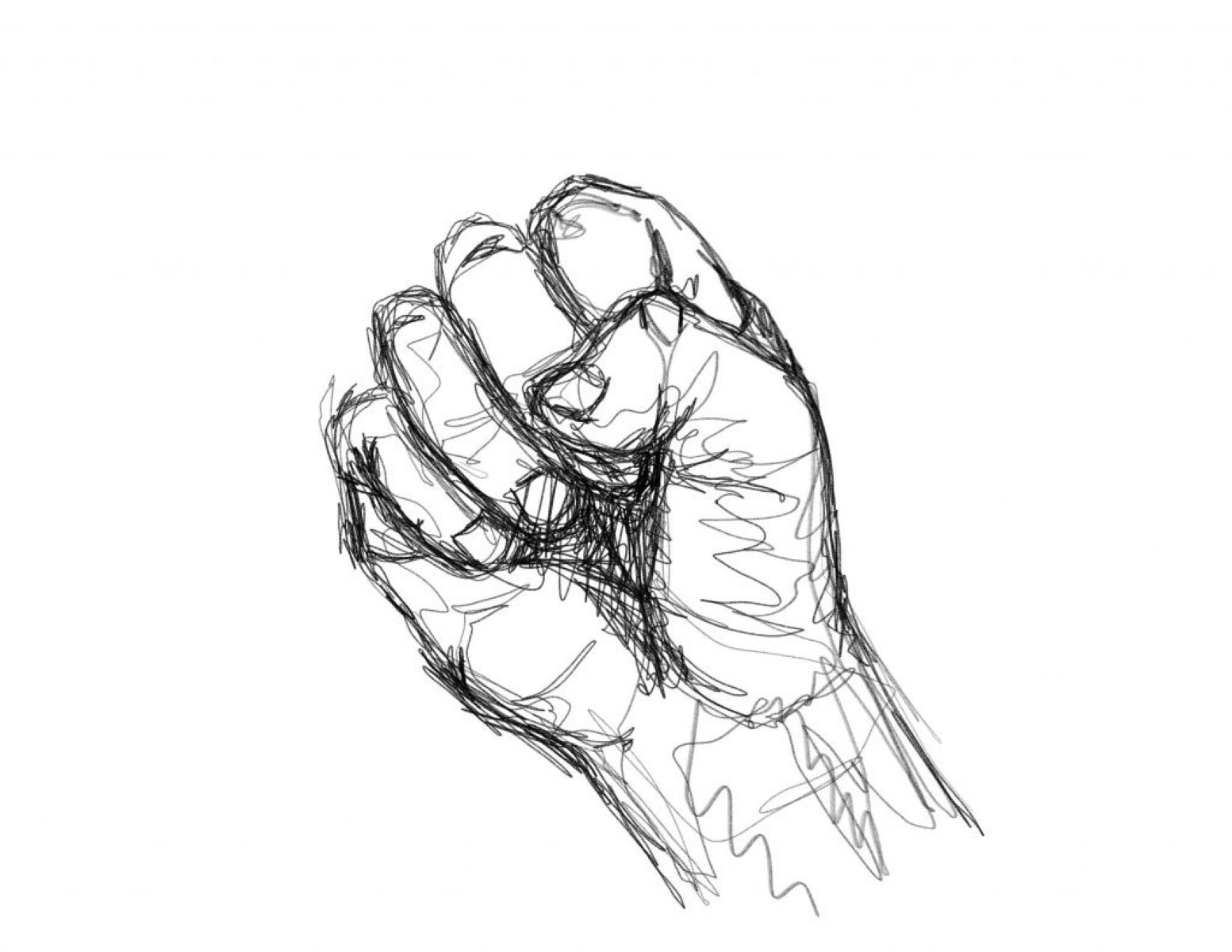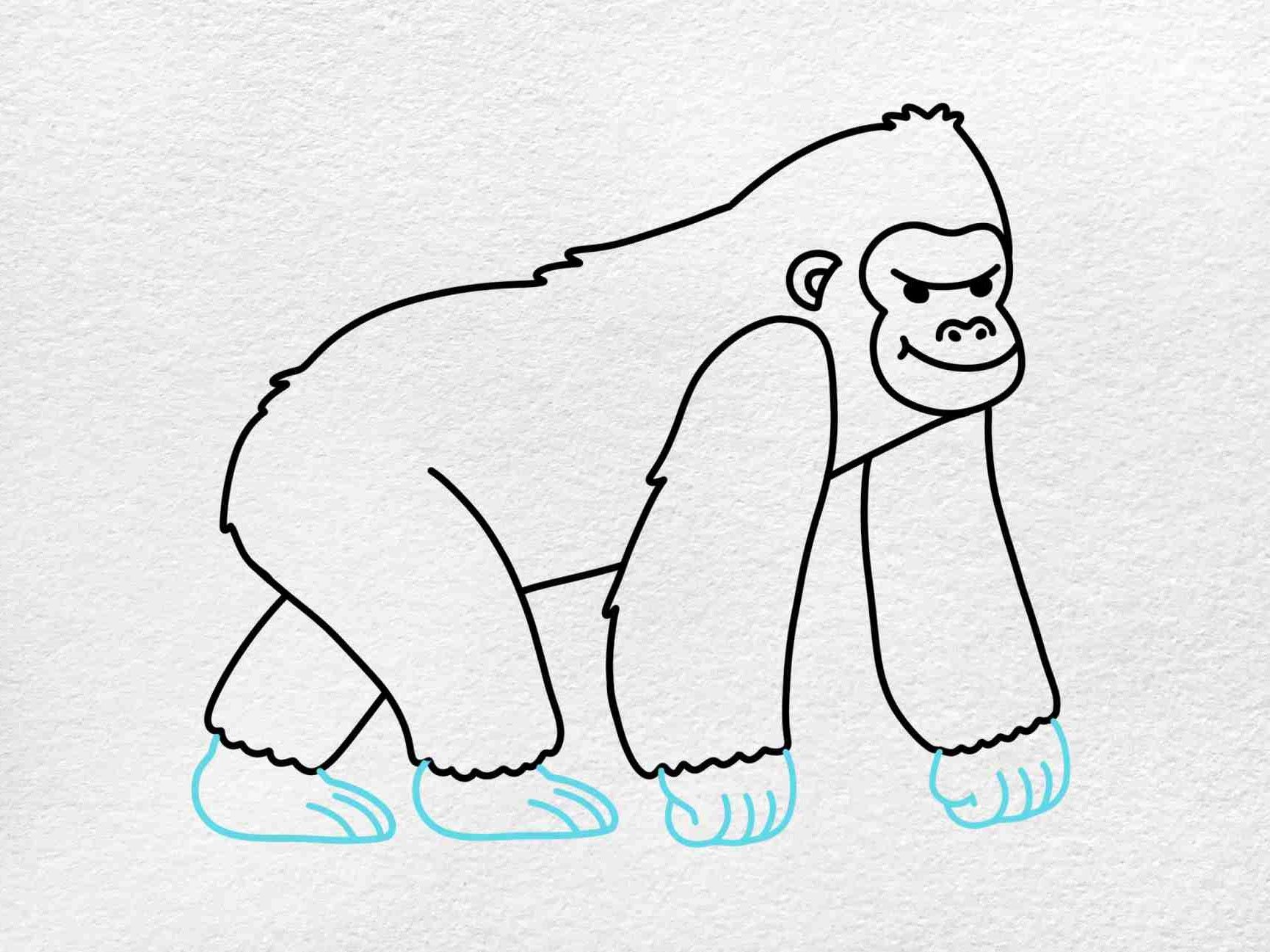Home>Arts and Culture>How To Draw Flames
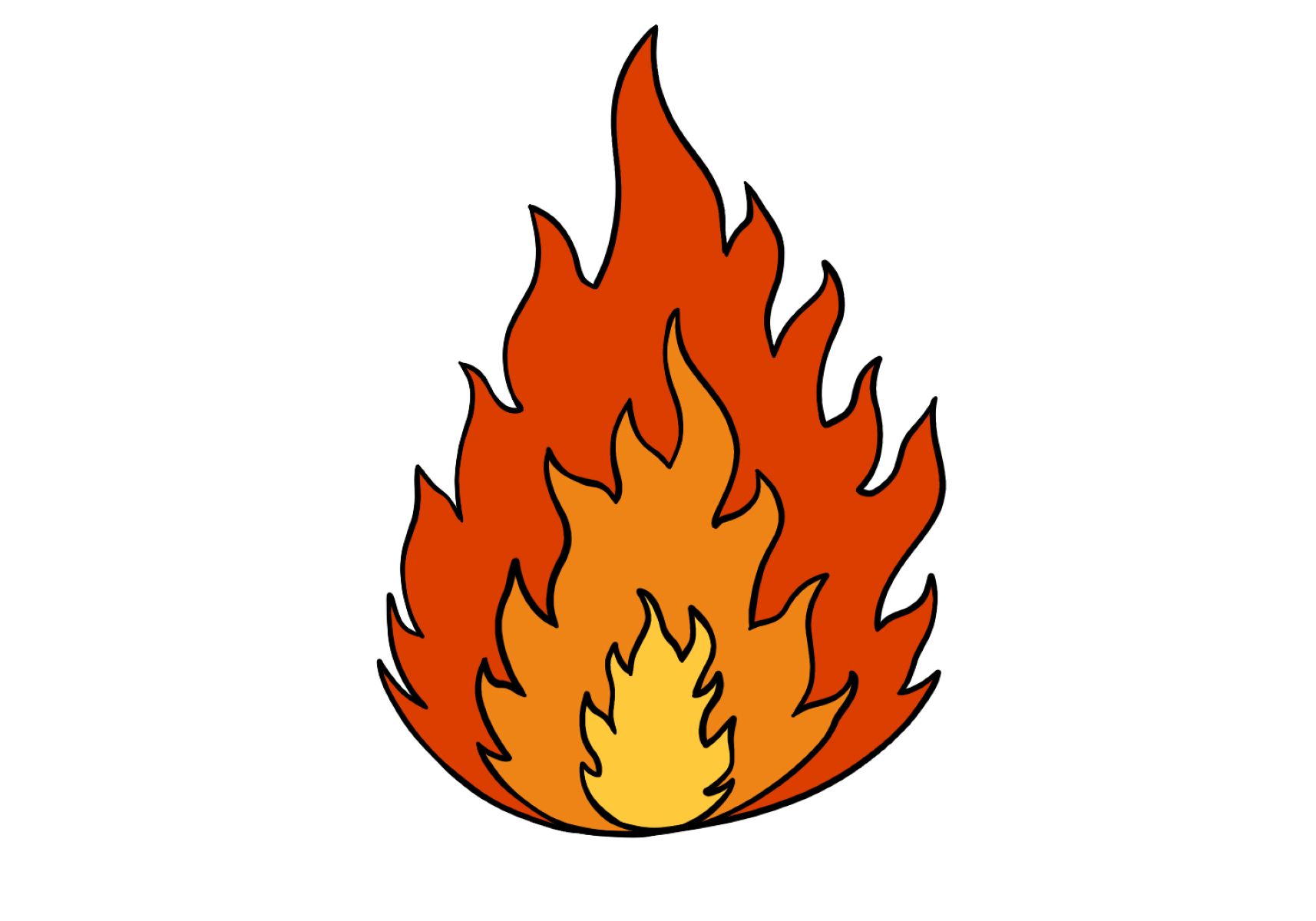

Arts and Culture
How To Draw Flames
Published: March 5, 2024
Learn the art of drawing flames with step-by-step tutorials and expert tips. Explore your creativity and enhance your skills in arts and culture. Unlock the secrets to creating stunning flame illustrations.
(Many of the links in this article redirect to a specific reviewed product. Your purchase of these products through affiliate links helps to generate commission for Regretless.com, at no extra cost. Learn more)
Table of Contents
Introduction
Drawing flames can be an exhilarating and rewarding experience, allowing you to unleash your creativity and bring fiery energy to your artwork. Whether you're a seasoned artist or just starting on your artistic journey, mastering the art of drawing flames can add a dynamic and captivating element to your repertoire.
The process of drawing flames involves a combination of precision, imagination, and attention to detail. By understanding the fundamental techniques and embracing your artistic intuition, you can create stunning flames that leap off the page with intensity and vibrancy.
In this comprehensive guide, we will delve into the step-by-step process of drawing flames, from outlining the basic flame shape to adding intricate details and vibrant colors. By following these instructions and infusing your unique style, you can elevate your artistic prowess and ignite your passion for drawing.
So, grab your drawing materials, clear your mind, and prepare to embark on an artistic journey that will set your creativity ablaze. Let's dive into the mesmerizing world of drawing flames and unleash the fiery spirit within you.
Read more: How To Draw Characters
Materials Needed
Before diving into the captivating process of drawing flames, it's essential to gather the right materials to bring your artistic vision to life. Here's a comprehensive list of the essential tools and supplies that will empower you to create stunning flames on paper:
-
Drawing Paper: Select a high-quality drawing paper that is suitable for your preferred drawing medium, whether it's graphite pencils, colored pencils, or markers. The paper should have a smooth texture to allow for precise lines and vibrant colors.
-
Pencils: A set of graphite pencils with varying degrees of hardness (ranging from 2H to 6B) will enable you to achieve different shades and textures in your flame drawings. Additionally, a reliable eraser will come in handy for refining your sketches.
-
Colored Pencils or Markers: If you plan to add color to your flames, gather a set of vibrant colored pencils or markers. Opt for colors that evoke the fiery intensity of flames, such as shades of red, orange, and yellow, along with hints of white and black for highlights and shadows.
-
Drawing Compass or Template: To ensure precision when outlining the basic flame shape, a drawing compass or a flame template can be immensely helpful. This will assist in creating symmetrical and well-defined flame outlines.
-
Reference Images: Consider collecting reference images of real flames or artistic representations of fire to inspire and guide your drawing process. Observing the intricate details and color variations in flames can enrich your understanding and interpretation of fiery elements.
-
Work Surface: Set up a comfortable and well-lit workspace where you can immerse yourself in the creative process without any distractions. A sturdy drawing board or table will provide a stable surface for your artwork.
-
Optional: Blending Tools: If you aim to achieve smooth gradients and seamless color transitions in your flame drawings, blending tools such as blending stumps or tortillons can be beneficial for refining your artwork.
By assembling these essential materials, you will be fully equipped to embark on your artistic journey and explore the mesmerizing realm of drawing flames. With your creative arsenal at the ready, it's time to unleash your imagination and breathe life into captivating fiery compositions.
Basic Flame Shape
The foundation of a striking flame drawing lies in mastering the basic flame shape. This fundamental structure serves as the framework upon which you will build the dynamic and captivating form of the flames. To begin, envision the silhouette of a flickering flame, with its undulating curves and dynamic movement. Here's a step-by-step guide to creating the basic flame shape:
-
Outline the Core Shape: Start by lightly sketching the central form of the flame using a pencil. Consider the overall posture of the flame, whether it's soaring upwards in a vertical blaze or dancing in a more horizontal orientation. Embrace fluid, organic lines to capture the natural flow and energy of the flame.
-
Incorporate Tapering Ends: As you extend the outline of the flame, introduce tapered ends that mimic the dynamic movement of real flames. These pointed tips convey the ephemeral and ever-changing nature of fire, adding a sense of vitality to your drawing.
-
Embrace Asymmetry and Variation: Avoid rigid symmetry when shaping the flame, as real flames exhibit asymmetrical and irregular contours. Introduce subtle variations in the width and curvature of the flame's edges to evoke a sense of natural spontaneity and movement.
-
Refine the Contours: Once the initial outline is in place, refine the contours of the flame, ensuring that the transitions between curves are smooth and graceful. Pay attention to the subtle undulations and twists that give the flame its mesmerizing character.
-
Adjust and Perfect: Take a step back and assess the overall shape of the flame. Make any necessary adjustments to achieve a balanced and visually compelling form. This stage allows you to fine-tune the proportions and ensure that the flame exudes a sense of dynamic energy.
By meticulously crafting the basic flame shape with attention to detail and fluidity, you lay the groundwork for a visually captivating representation of fire. This foundational stage sets the stage for the subsequent embellishments and color application that will breathe life into your flame drawing. With the basic flame shape established, you are poised to infuse your artwork with intricate details and vibrant hues, bringing the fiery essence to the forefront of your creative expression.
Adding Details
With the foundational flame shape in place, it's time to infuse your artwork with intricate details that will elevate the visual impact of your flame drawing. Adding details to the flames allows you to convey the mesmerizing complexity and dynamic nature of fire, capturing its essence with precision and artistry. Here's a comprehensive guide to embellishing your flame drawing with captivating details:
-
Intricate Flickering Lines: Within the body of the flame, introduce delicate, flickering lines that emulate the mesmerizing movement of fire. These lines should undulate and intertwine, creating a sense of rhythmic motion and vitality within the flames. By varying the length and curvature of these lines, you can evoke the mesmerizing dance of flickering flames.
-
Subtle Textural Elements: To enhance the tactile quality of your flame drawing, consider incorporating subtle textural elements that mimic the organic nature of fire. Introduce wispy, irregular edges along the contours of the flames, conveying the ephemeral and ever-changing character of real flames. These textural nuances add depth and dimension to your artwork, inviting the viewer to immerse themselves in the fiery composition.
-
Ember-like Specks and Sparks: To evoke the radiant intensity of flames, scatter ember-like specks and sparks within and around the flames. These luminous accents can be rendered with subtle dots or dashes, radiating outward from the core of the flames. By strategically placing these glowing elements, you infuse your artwork with a sense of luminosity and warmth, capturing the essence of a blazing inferno.
-
Dynamic Color Variations: Utilize a diverse range of warm hues, including vibrant reds, oranges, and yellows, to imbue the flames with a rich and dynamic color palette. Emphasize the interplay of light and shadow within the flames, allowing the colors to transition seamlessly from intense, fiery tones to subtle, smoldering shades. By layering and blending colors, you can achieve a sense of depth and luminosity that brings the flames to life on the page.
-
Sensory Emphasis: Consider the sensory aspects of fire as you add details to your drawing. Convey the heat and energy of the flames through the strategic application of warm, intense colors and dynamic, gestural lines. By infusing your artwork with a sensory narrative, you invite the viewer to experience the captivating allure of fire on a visceral level.
By meticulously incorporating these details into your flame drawing, you infuse your artwork with a sense of vitality and intensity, capturing the essence of fire with striking realism and emotional resonance. These intricate embellishments transform your flame drawing into a mesmerizing visual symphony, inviting viewers to immerse themselves in the dynamic and captivating world of flames.
Adding Color
Infusing vibrant and dynamic colors into your flame drawing is a pivotal stage that breathes life and intensity into your artwork. The strategic application of warm, fiery hues allows you to evoke the mesmerizing luminosity and radiant energy of real flames, creating a visual spectacle that captivates the viewer's imagination. Here's a detailed exploration of the process of adding color to your flame drawing, infusing it with depth, warmth, and visual impact.
Read more: How To Draw A Dress
Embrace a Rich Color Palette
When selecting colors for your flames, opt for a diverse range of warm tones, including vivid reds, oranges, and yellows. These hues form the core of the fiery color palette, capturing the intense heat and vibrant energy of flames. Additionally, incorporate hints of white and pale yellow to convey the incandescent glow and luminosity emanating from the heart of the flames. By embracing a rich and varied color palette, you can infuse your artwork with a sense of depth and dimension, allowing the flames to radiate with captivating warmth and vitality.
Layering and Blending Techniques
To achieve a seamless transition of colors and subtle gradations within the flames, employ layering and blending techniques. Begin by applying the base colors to establish the foundational warmth and intensity of the flames. Then, gradually layer additional hues to create depth and dimension, allowing the colors to intermingle and evolve organically. Utilize blending tools such as blending stumps or tortillons to soften harsh edges and seamlessly merge the vibrant colors, resulting in a visually compelling representation of fiery luminosity.
Play of Light and Shadow
Capturing the interplay of light and shadow within the flames is essential for conveying their dynamic and radiant nature. Introduce areas of intense, fiery reds and oranges where the flames are at their most incandescent, gradually transitioning into softer, smoldering shades as the flames dissipate. By strategically manipulating the distribution of warm colors and subtle cool undertones, you can evoke the mesmerizing dance of light and shadow within the flames, infusing your artwork with a sense of luminosity and depth.
Highlighting and Luminous Accents
To accentuate the radiant intensity of the flames, introduce highlights and luminous accents that emulate the glowing embers and scintillating sparks within the fire. Utilize a white or pale yellow pencil to delicately stipple or layer highlights along the edges of the flames, capturing the ethereal glow and luminosity emanating from the core. Additionally, scatter ember-like specks and sparks around the flames, infusing your artwork with a sense of dynamic energy and captivating warmth.
By meticulously applying these color techniques, you imbue your flame drawing with a sense of vibrant energy and luminous intensity, capturing the essence of fire with striking realism and emotional resonance. The dynamic interplay of warm hues, subtle transitions, and luminous accents transforms your artwork into a mesmerizing visual symphony, inviting viewers to immerse themselves in the captivating allure of flames.
Read more: How To Draw A Bike
Final Touches
As you approach the culmination of your flame drawing, the final touches serve as the pivotal stage where you refine and elevate the visual impact of your artwork, infusing it with a sense of depth, luminosity, and captivating realism. These meticulous embellishments and nuanced adjustments culminate in a composition that exudes the dynamic energy and mesmerizing allure of real flames. Here's a detailed exploration of the essential final touches that will bring your flame drawing to its full fruition:
-
Refinement of Details: Take a discerning eye to the intricate details within the flames, refining the flickering lines, textural elements, and luminous accents to achieve a harmonious and captivating composition. Emphasize the organic flow and dynamic movement of the flames, ensuring that each element contributes to the overall visual narrative with precision and artistry.
-
Subtle Emphasis on Highlights: Introduce subtle yet impactful highlights to accentuate the radiant intensity of the flames. Delicately enhance the luminous accents and glowing edges, infusing the artwork with a sense of incandescent warmth and vitality. These strategic highlights evoke the mesmerizing dance of light within the flames, captivating the viewer's gaze and inviting them to immerse themselves in the fiery spectacle.
-
Atmospheric Integration: Consider the surrounding atmosphere and its interaction with the flames. Introduce wisps of smoke or subtle hints of ambient light to enhance the atmospheric context of the artwork. By integrating these atmospheric elements, you create a sense of immersive depth and environmental resonance, elevating the overall impact of the flame drawing.
-
Dynamic Composition: Assess the overall composition of the flame drawing, ensuring that the arrangement of flames and their interplay with the surrounding space is visually compelling. Embrace a sense of dynamism and balance, allowing the flames to interact harmoniously while commanding attention with their vibrant presence.
-
Fine-Tuning of Color Harmony: Fine-tune the color harmony within the flames, ensuring that the interplay of warm hues and subtle transitions evokes a sense of luminosity and depth. Adjust the intensity of colors and their distribution to achieve a harmonious and visually captivating color palette that resonates with the fiery essence of the flames.
By meticulously attending to these final touches, you bring your flame drawing to a state of captivating completion, infusing it with a sense of vitality, luminosity, and emotional resonance. The culmination of these meticulous refinements and nuanced adjustments results in a visually compelling representation of fire, inviting viewers to immerse themselves in the mesmerizing allure of flames and experience the dynamic energy and radiant warmth captured within the artwork.
Conclusion
In conclusion, the art of drawing flames is a captivating and dynamic endeavor that allows artists to harness the mesmerizing energy and vibrant intensity of fire within their artwork. Throughout this comprehensive guide, we have explored the step-by-step process of creating stunning flame drawings, from outlining the basic flame shape to infusing the artwork with intricate details and vibrant colors. By embracing the foundational techniques and unleashing creative expression, artists can breathe life into their flame drawings, captivating viewers with the dynamic allure of fiery compositions.
Drawing flames transcends the mere depiction of a natural element; it embodies the essence of vitality, movement, and emotional resonance. The process of crafting the basic flame shape serves as the cornerstone of the artwork, laying the groundwork for the subsequent embellishments and color application. Through the meticulous addition of intricate details, dynamic color variations, and luminous accents, artists infuse their flame drawings with a sense of vitality and intensity, capturing the mesmerizing complexity and radiant energy of real flames.
As the flame drawing nears completion, the final touches play a pivotal role in refining and elevating the visual impact of the artwork. By attending to subtle nuances, atmospheric integration, and the harmonious interplay of colors, artists bring their flame drawings to a state of captivating completion, inviting viewers to immerse themselves in the dynamic energy and radiant warmth captured within the composition.
Ultimately, drawing flames is a testament to the artist's ability to convey the essence of fire with striking realism and emotional resonance. It transcends the mere representation of a natural element, inviting viewers to experience the captivating allure of flames on a visceral and emotive level. Whether it's the flickering dance of light within the flames or the vibrant warmth emanating from the artwork, flame drawings evoke a sense of dynamism and vitality that resonates with the human spirit.
In the realm of artistic expression, mastering the art of drawing flames empowers artists to unleash their creativity, infuse their artwork with vibrant energy, and captivate viewers with the mesmerizing allure of fire. It is a testament to the transformative power of art, inviting individuals to embark on a visual journey that ignites the imagination and kindles the fiery spirit within.
